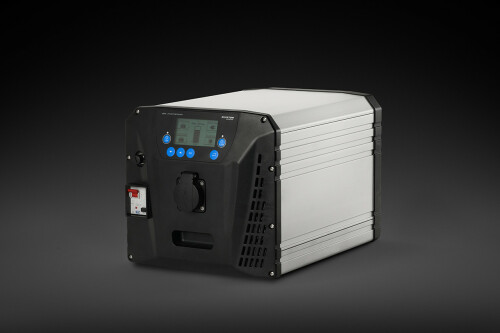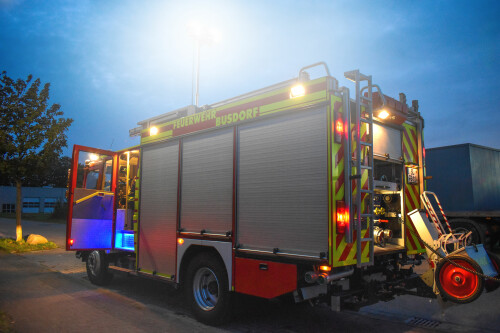

Power supply in emergency vehicles
Modern emergency vehicles are equipped with a variety of electrical systems. These include air conditioning systems, submersible pumps, powerful LED lighting, digital radio technology and battery-powered rescue equipment, tools and fans. These consumers ensure efficient and safe operation, but at the same time challenge the on-board power supply.
Energy requirements in modern emergency vehicles
Depending on the equipment and parallel operation, the energy requirement can quickly rise to over 5,000 W. Particularly during long operations or those without a mains supply, it must be ensured that all systems remain operational at all times.
Limits of conventional power sources
Many emergency vehicles still rely on conventional diesel or petrol generators. Although these provide sufficient power, they have decisive disadvantages: high running costs and maintenance costs, long starting times, noise and exhaust fumes. This is particularly problematic for operations in residential areas or enclosed buildings - both for environmental and health and safety reasons. At the same time, there is a growing demand for emission-free and low-noise solutions that are easy to operate and function reliably even in adverse conditions.
The LPS II from LEAB as a system solution
The LPS II is the answer to precisely these requirements, as it is perfectly suited for use in special and emergency vehicles. The clear focus is on performance, flexibility and reliability. The compact power unit delivers high continuous power and the capacity is sufficient to reliably operate even power-intensive devices such as fans or power tools.
The integrated battery management system controls all processes automatically and ensures maximum safety when charging, supplying and storing energy. The intuitive status display gives users an overview of capacity and consumption at all times.
Always ready for use thanks to versatile charging options
Whether on the way to an incident or when stationary, the LPS II can be charged in several ways. It can be connected directly to the vehicle's 12 V or 24 V electrical system via the DC input and supplied with energy via the alternator while driving.
Mains charging via 230 V AC is available at the place of use - via the PowAirBox II to the power supply connection. It is also possible to integrate solar modules in order to generate energy independently during longer downtimes. The intelligent control system ensures that all charging processes run efficiently and safely and that the full capacity is available exactly where it is needed.
Conclusion: Reliable energy when it counts
With the LPS II, LEAB offers a sophisticated, powerful and maintenance-free power solution for emergency vehicles. It reliably covers the energy requirements of all relevant electrical consumers - quietly, emission-free and flexibly integrable. This makes mobile power supply a secure basis for successful operations.
See for yourself when we present our solutions for the electrification of the emergency services sector at RETTmobil from 14 to 16 May. Arrange your personal appointment now.
Exhibition stands (B 1915 | J F41)
You may also be interested in these articles:
-
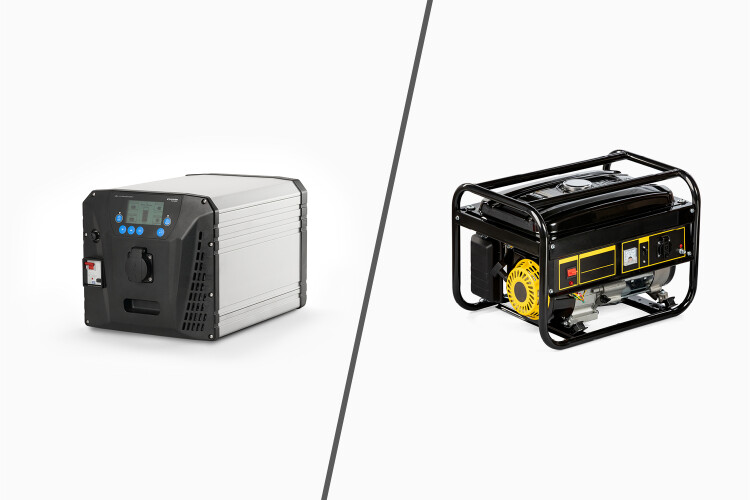
Total cost of ownership: Why an LPS II pays off in more ways than one
Whether for incident command, medical care or illuminating emergency sites: Mobile power is indispensable in emergency vehicles these days. This is often provided via the running engine or external generators, which has considerable consequences for operating costs, the environment and equipment wear and tear.
-
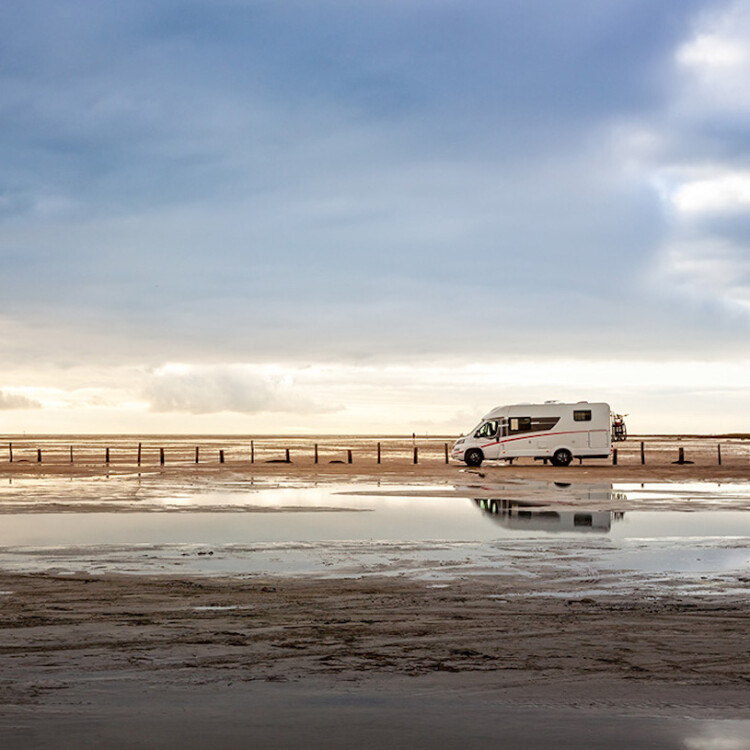
The LPS II at Caravan Salon Düsseldorf 2024
The world's leading trade fair for mobile travel will be held in Düsseldorf from 30 August to 8 September. And our mobile power supply solutions are at the heart of it all.
-
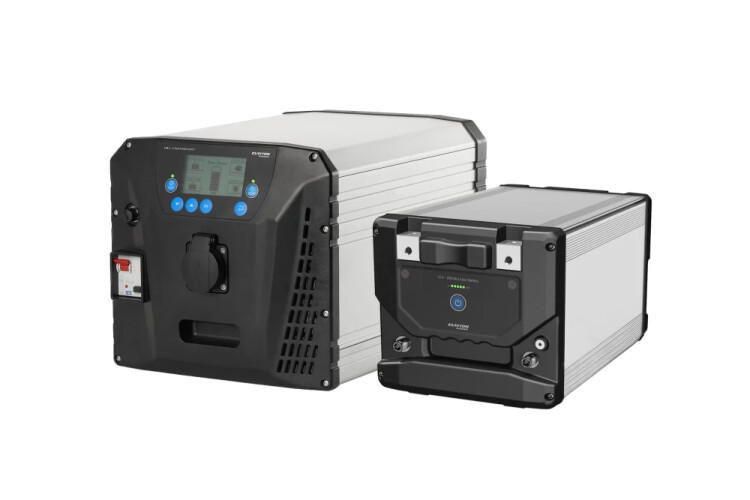
LPS II capacity expansion for demanding applications
Wherever an exceptionally long-lasting energy supply is required, LEAB now offers the option of increasing the capacity of the LPS II unit. Find out how this works here.
